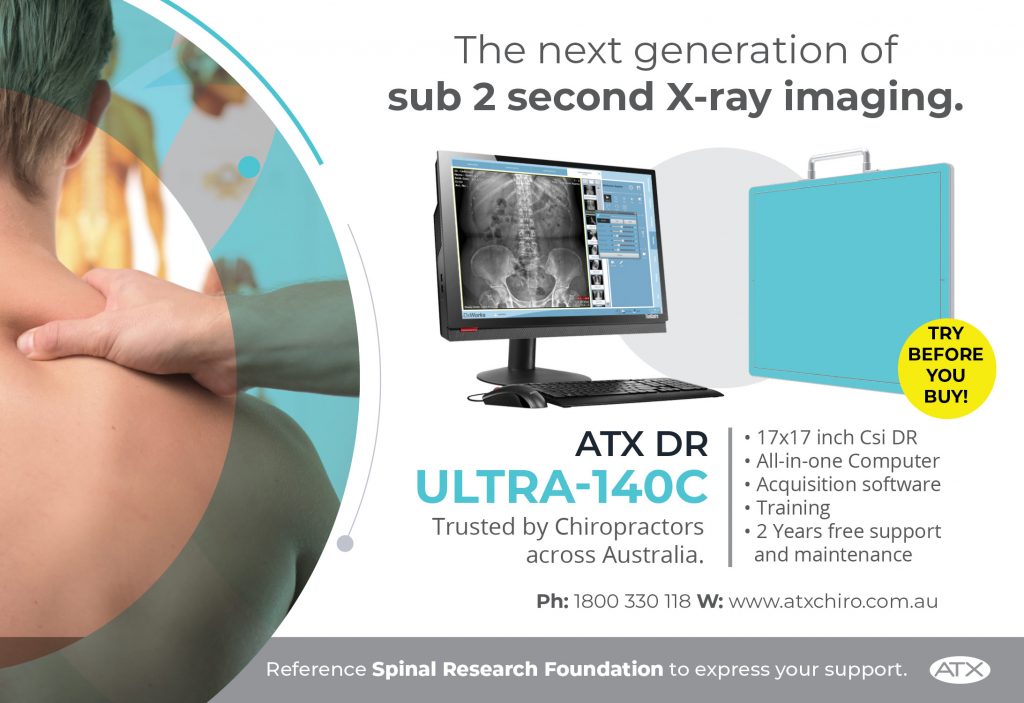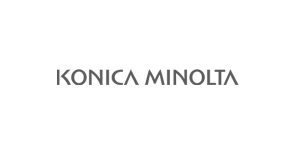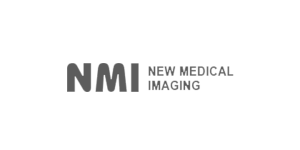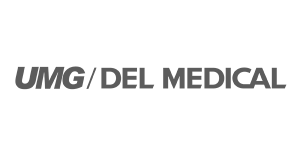DR Panel Buying Guide
If you’re looking to upgrade to Digital Radiography (DR), you’ve probably wondered what are the key considerations when purchasing a DR Panel?
You may have drawn some conclusions for yourself based on price, country of manufacturer, brand names or even word from your colleagues. Lets set some things straight and provide you a clear image on what you should be looking for.
Considerations when purchasing a Digital Radiography (DR) system.
There are a few important features and functions to consider when purchasing a DR – as no panel are equal in their performance…
Most buyers will consider price and country of manufacture when deciding on a DR panel (or talk to their colleagues). Although price is important and the manufacturer is also important they are not the only considerations, these include:
Most buyers will consider price and country of manufacture when deciding on a DR panel (or talk to their colleagues). Although price is important and the manufacturer is also important they are not the only considerations, these include:
2- The level of Grayscale – Each tiny electronic component converts the light from the scintillator to a binary word (ones and zero) and a 16 bit word or conversion will produce a vast 65,536 shade of grey. The more greys the greater the ability to differentiate tissue densities and there better diagnosis.
3- Resolution – How tightly packed is the panel with the tiny light receptor electronics – this determines the smallest object that can be viewed in an image. It is usually measured in Micron or one millionth of a millimetre – so the lower the number the better the resolution. For most medical and veterinary radiology application 140 microns is acceptable. Resolution is also presented as Line Pairs per millimetre which is a more subjective measure of resolution.
4- Leakage current – This is big factor in the performance of the panel as it will degrade the ability of the panel to produce a true representation of the anatomy. Some manufacturers are known for higher leakage current and these are often but not always sold at a cheaper price.
5- Automatic Exposure Detection or AED – Is the panels ability to detect the initial radiation from an exposure in order to signal to the panel get ready (apply voltage to electronic components) to accept the image. Some panel manufacturers have not quite perfected this and therefore results in longer and unpredictable acquisition times (how long it takes for the image to appear on the computer screen.)
6- Mechanical strength – Has panel been drop tested – if so from what height?
7- IPX Rating – What is the panel rated to? Is it water & dust proof?
8- Battery life (typically for wireless panels) – This is dependant on the number and quality of the batteries – but also the amount of power consumed by the panel in idle state. Does this panel have a battery that needs to be replaced every so often? This varies from panel manufacturer.
9- Components for a DR panel are often sourced from different countries, therefore the panel may have a formal Certificate of Origin – however no particular pedigree in terms the location of manufacture.
Here at ATX we have developed our ULTRA-140V DR panel package to acquire the best possible quality image at an affordable price. We pair our DR Panel with an All-in-one touch screen computer, DROC acquisition software, free training, remote installation, 2 years warranty, 2 yearly preventive services and 2 years unlimited remote support. We also offer ongoing assurance packages to ensure you’re covered for the lifetime of your purchase.







